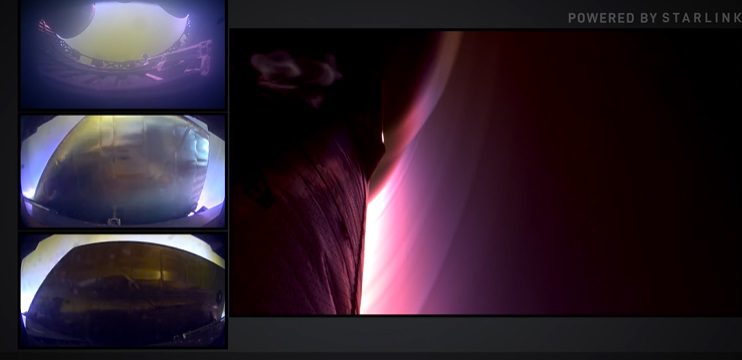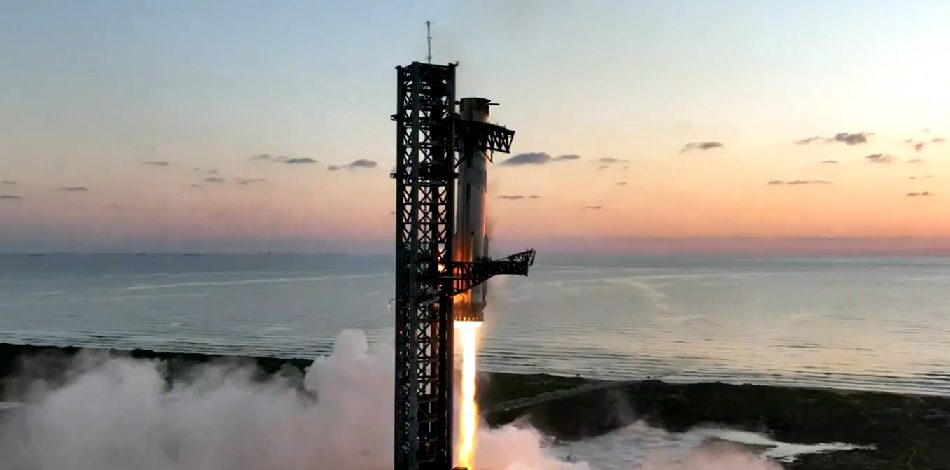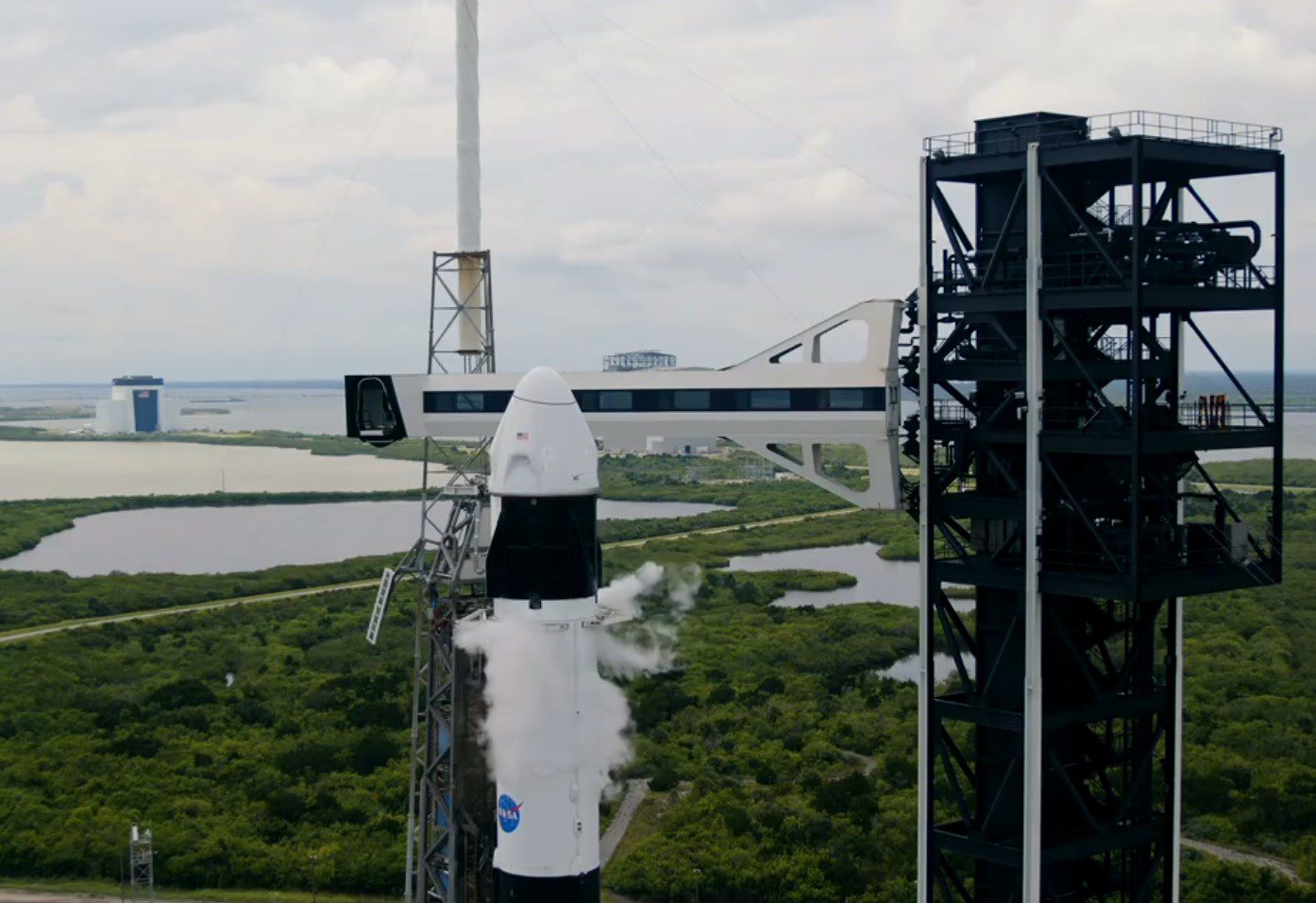While the European Space Agency’s (ESA) planned Ariane 6 launch vehicle will still be expendable, Airbus Defence and Space (Airbus DS) has realised that Ariane 6 may need elements of reusability if it is to compete with the Falcon 9R of its US arch-rival, SpaceX, in the longer term.
SpaceX is getting close to perfecting its reusable first-stage vertical landing technology for the Falcon 9 launch vehicle. And so, with an eye on it being a further development of the Ariane 6, Airbus DS has come up with a similar “reusable engine pod” concept to that of ULA’s proposed Vulcan launch vehicle.
In Airbus’s Adeline (Advanced Expendable Launcher with Innovative engine Economy) concept, a winged engine and instrumentation pod would be separated from the expendable tankage and use wings to fly back to base. The Adeline stage/pod will fly back blunt nose first to protect the valuable rocket engines at the rear, using the aerodynamic lift from wings and turbofans/turboprops to reach its launch base.
It is thought that using wings and turbofans/turboprops to save the engines and control electronics alone will not be as costly to develop and operate as trying to land the whole stage using rocket engine power, as SpaceX’s Falcon 9R is attempting to do.
Further, while SpaceX is employing landing barges down range to receive its Falcon 9R reusable first stage, using extra fuel, the firm is known to want to land its first stages back at the launch site. This would involve a supplementary burn of the engine(s), incurring a heavier fuel penalty that would cause a major reduction of launch payload performance.
Airbus’s Adeline, developed with Airbus’s military aircraft division, would theoretically have a much lower “reusable fuel penalty” to enable it to return to base (Airbus estimates this to be more than 90% less than the mass penalty required to return a SpaceX Falcon 9R stage). With enough funding, Airbus suggests that the Adeline stage could be flying by 2025. Interestingly, both SpaceX and Airbus DS now believe that a fully reusable multi-stage launch vehicle would be too difficult to achieve.
The full concept is described in more detail by Peter de Selding’s Space News article here: http://spacenews.com/meet-adeline-airbus-response-to-reusable-spacex-rocket/
Comment by David Todd: Playing follow-the-leader with SpaceX and ULA by introducing a reusable first stage engine pod on Ariane 6 is not the same as doing something really ambitious and innovative. While the UK firm Reaction Engines has received increasing support from ESA with its air-breathing rocket plane concept Skylon as its longer term reusable “bet”, the agency is unwilling to usurp the Ariane 6 in favour of developing this higher risk but more ambitious reusable rocket plane. With its its single-stage-to-orbit reusability and very low launch costs Skylon (along with a reusable orbital transfer stage) would easily beat even a partially reusable Ariane 6 on launch costs. Employing the Adeline pod is estimated to save, at best, only 20% of the launch costs of Ariane 6, whereas Skylon is projected to achieve an 80-90% saving over an equivalent expendable launch.
Post Script: Reaction Engines’ designer Alan Bond also came up with a winged turbofan-returned first stage for its conventional multi-stage rocket Blue Boomerang design study into a small launch vehicle for the UK.
(The writer of this piece is a small investor in Reaction Engines – but that does not mean he is wrong.)







